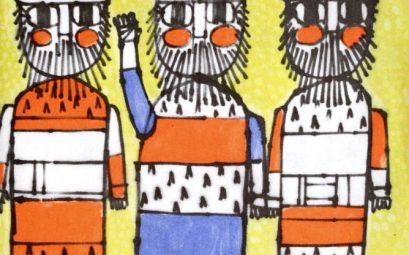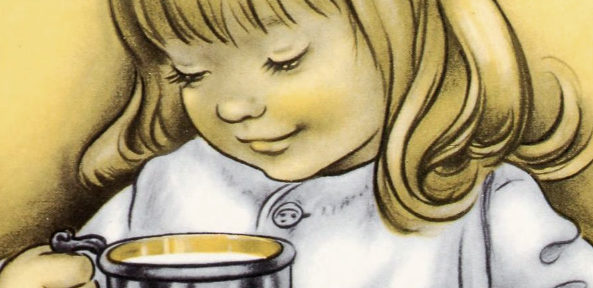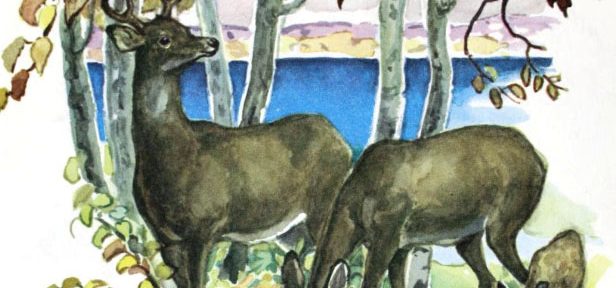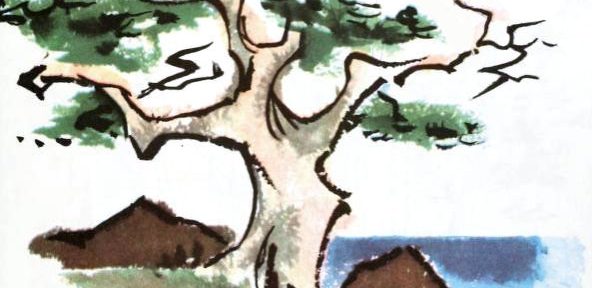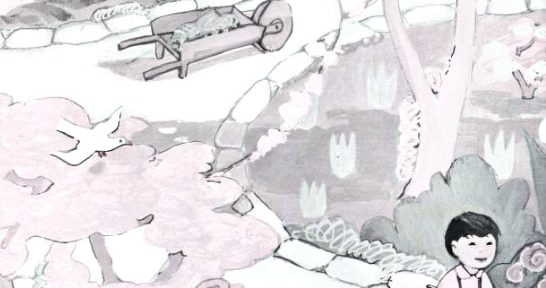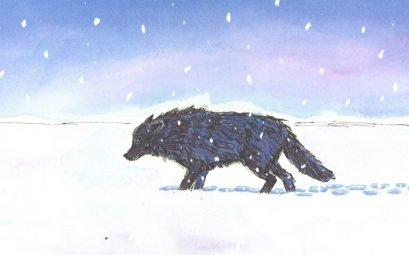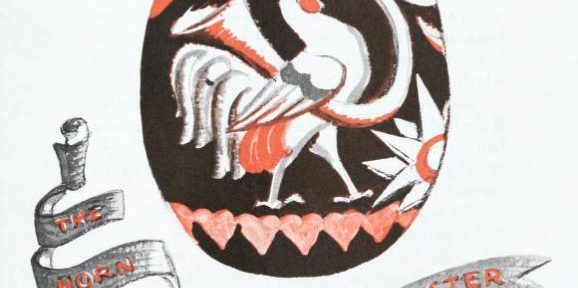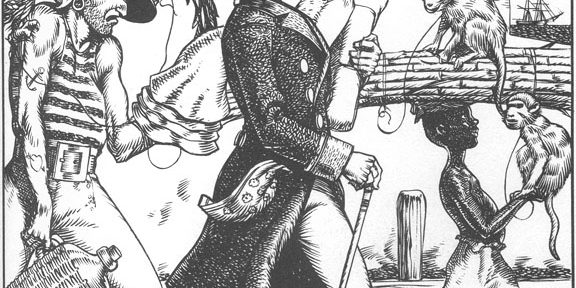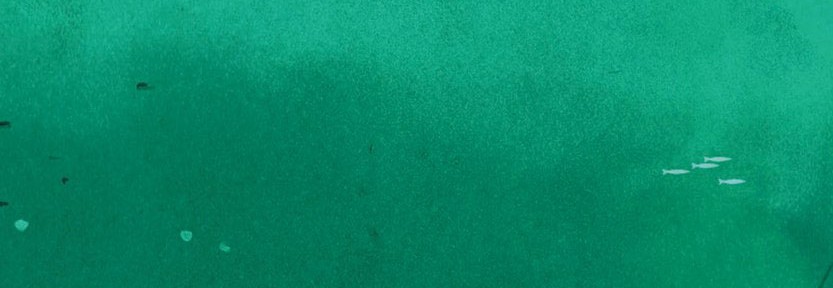Nicolas Sidjakov «Baboushka and the Three Kings»
Книжка-картинка «Бабушка и три короля» написана Рут Роббинс по мотивам некой русской сказки о старушке, которая так была занята уборкой своего дома, что проигнорировала визит волхвов и упустила свой шанс поприветствовать новорожденного Христа. С тех пор она скитается по свету в поисках божьего дитя, чтобы запоздало преподнести ему свои подарки.
Сюжет о бабушке, которая бродит по свету в поисках Младенца в западной культуре прочно ассоциируется с русскими рождественскими традициями, хотя сами русские, как правило, с этой историей не знакомы.

